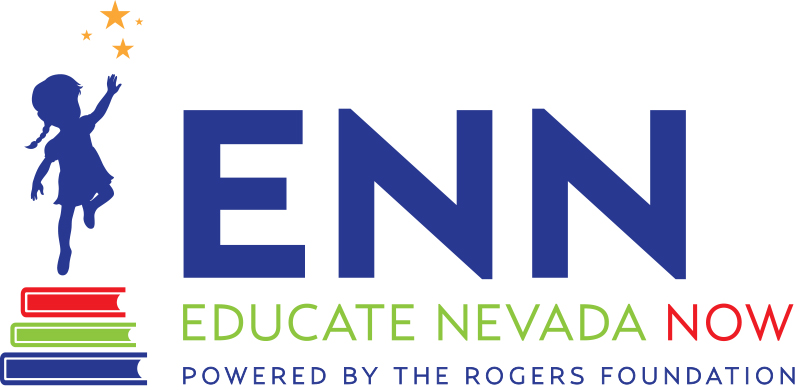During the 2023 Legislative Session, lawmakers will be overseeing the full implementation of the Pupil Centered Funding Plan, Nevada’s new funding formula. As part of the creation of this new funding formula in 2019, lawmakers created the Commission on School Funding, which makes recommendations and monitors implementation of the formula. Commission members include representatives from school districts and charter schools, finance experts and community leaders.
The Commission’s job has been to analyze and make recommendations on the following:
EQUITY: Weights – A multiplier of funding for unique need students. English Learners, At-Risk, Gifted and Talented and Special Education. This transitions the state away from limited, restricted-use programs.
ADEQUACY: Optimal per-pupil base funding – Recommend appropriate per-pupil funding and a ten-year plan on reaching funding goals; potentially using the recent school finance study (APA) as a guide.
FAIRNESS: Funding distribution mechanisms – How to best distribute funding among school districts.
The Commission makes these recommendations to the Legislature which ultimately makes final decisions.
Where they are now:
The Commission has made several recommendation over the preceding four years, and have monitored the implementation of the formula. Learn about some of these past recommendations here.
Perhaps most importantly, in November, 2022, the Commission made full recommendations on per-pupil funding benchmarks and how to achieve those benchmarks over the next ten years.
Benchmarks
The Commission has recently set two distinct goals – 1) Achieve per pupil funding on par with the national average funding levels, and 2) Achieve per pupil funding levels on part with expert recommendations.
A recent report to lawmakers by the Chair of the Commission found the following:
- Current Funding $9,717
- National Average $ 15,503
- Expert Rec. $ 16,478
The figures illustrate where we are and where we need to be in a ten year period (though the figures will change with inflation adjustments).
Revenue
The Commission identified different avenues lawmakers could take to achieve these funding levels in a ten-year period. The Commission identified two larger categories to funds K-12 public education.
1) Modernizing and broadening the sales tax base to include taxes on sales beyond tangible goods, and
2) Capturing more property tax revenue through a variety of efforts, such as phasing out tax abatements and eliminating depreciation of property values.
These recommendations give lawmakers solid goals and a path to adequate funding. The report also includes how the funds can most effectively be spent to improve student outcomes. Lawmakers have the map, they just need to use it.
To learn more about the benchmarks, revenue recommendations, and how the Commission arrived at their conclusions, check out their full report here.
